The NAM Summit in Teheran (August 26 to 31) provides an occasion for some general reflections on the movement, its salience today and India’s role in it. For those who have always decried the movement for spurning the camp of democracy and freedoms, dismissing it as a collection of countries that still cling in varying degrees to sterile and outmoded habits of thinking is easy.
Geopolitics
For others who believe that nonalignment was the right political and moral choice between two excessively armed blocks intent on self-aggrandizement under the facade of ideology, there is lingering nostalgia for the heydays of the movement. For still others, while the movement’s nomenclature may appear disconnected from post Cold War international realities, its spirit of conserving independence of judgment and freedom of choice for its members remains relevant.
Indian commentators who sneer at nonalignment because its rationale has disappeared with the end of the East-West polarization do not scoff at NATO’s continued existence even after the Soviet Union’s demise, not to mention its expansion numerically and operationally. NATO is now formally present in our neighbourhood in Afghanistan. If India does not discard its nonaligned affiliations completely and, at the same time, supports the continued presence of NATO in our region, by what logic is the first deprecated and the second endorsed?
The Cold War’s end has not eliminated the fundamental distortion plaguing the post-1945 world- its excessive domination by the West. For developing countries the Soviet collapse brought no relief in terms of strengthening multilateralism, more democratic international decision making, more respect for the principle of sovereignty of countries etc. On the contrary, democracy, human rights and western values in general became tools for further consolidating the West’s grip on global functioning. The immediate result was US unilateralism, sidelining the UN, doctrines of pre-emptive defence, regime change policies, military interventions in Iraq and Afghanistan etc. Despite the huge costs these policies imposed on their protagonists, the open military intervention in Libya under the so-called right to protect and the covert one in Syria show that geopolitical domination remains the central driving force of western policies.
NAM, never too united because of external political, military and economic inducements, finds its solidarity unglued further because today many developing countries feel less attached to its agenda because of their improved economic condition ascribed to globalization and the self-confidence gained from a perception of a shift of global economic power towards the East The West has also encouraged the Least Developed Countries to differentiate their problems from other developing countries, and by projecting the emerging economies as a separate category, developing-country solidarity has been further impaired.
Movement
The western policy of sanctioning and isolating specific developing countries for their geopolitical defiance has resulted in greater activism by some countries within NAM to resist the West’s “imperiousness”. This has created the perception that NAM has slipped into the hands of anti-western diehards, diminishing thereby its international image. The West is questioning the credibility of a movement chaired today by a country it reviles like Iran.
NAM has lacked internal cohesion because many member countries are militarily tied to the US in various ways - military aid, regime protection, military bases etc. Egypt has been the largest recipient of US military aid. Saudi Arabia, Qatar, Bahrain and the Philippines are NAM members. The current connivance between Islamic Gulf regimes/Arab League and the West to topple a nationalist, secular Syrian regime, totally ignoring the Israeli dimension, shows how politically confused NAM has become. That NAM in its majority voted against Syria in a recent UNGA resolution underlines this further.
India
India’s own experience of NAM in areas of its core national interests has been most unsatisfactory, which is enough reason to shed any undue sentimental or ideological attachment to the movement. India’s NAM leadership did not shield it from US/western technology-related sanctions for decades; in the 1962 conflict with China, NAM did not back India’s position; on Kashmir, India has had to lobby within the movement against attempts at interference; it received no understanding from NAM on its nuclear tests and the sanctions that followed etc. India has therefore no obligation to support any individual NAM country on problems it confronts internationally and should be guided solely by what is best for its own interests.
While extracting whatever is possible from it, India should treat its NAM membership as merely one component of its international positioning. While being clear sighted about NAM’s limitations, for India it is nonetheless diplomatically useful to mobilize the movement to counter one-sided, inequitable western prescriptions on key issues of trade, development, intellectual property rights, technology, environment, climate change, energy etc, and build pressure for consensus solutions.
If the US/West, despite their attachment to alliance-based politics, actively explore partnerships with India on issues of shared interest, India, despite its antipathy for military alliances and its “nonaligned” predilections, should have no difficulty in responding positively if it is in our national interest. There should be no tension between our reaching out to the West and the value we carefully place on our NAM links.
Published Date: 1st September 2012


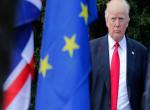
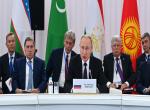
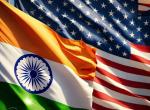
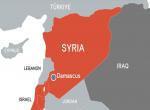
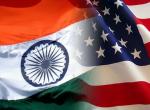

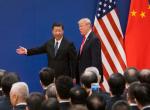
Post new comment